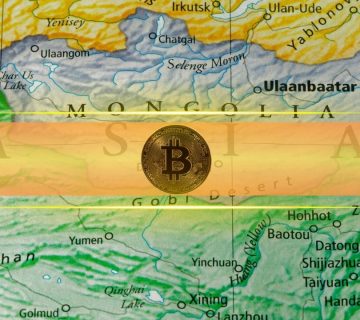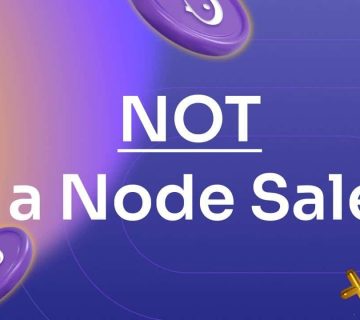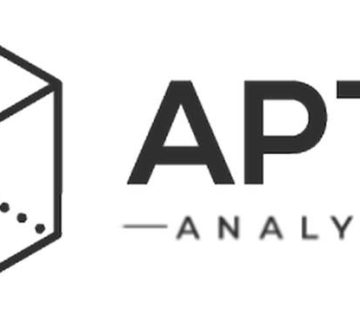The Federal Reserve has released a comprehensive working paper delving into asset tokenization and Risk-Weighted Assets (RWA). As the financial landscape continues to evolve, these innovative financial instruments garner significant attention for their potential to revolutionize investment strategies and reshape traditional markets.
The paper explains that tokenization, similar to stablecoins, consists of five core components: a blockchain, a reference asset, a valuation mechanism, storage or custody, and redemption mechanisms. These elements establish connections between crypto markets and reference assets, enhancing understanding of their impact on conventional financial systems.
Tokenized Assets Have Been Surging
According to the paper, the estimated market value of tokenized assets on permissionless blockchains stands at an impressive $2.15 billion as of May 2023. This valuation encompasses tokens issued by decentralized protocols like Centrifuge and established companies such as Paxos Trust.
The variability in tokenization designs and levels of transparency poses a challenge in obtaining comprehensive time-series data. Nevertheless, insights from DeFi Llama data highlight a burgeoning trend in tokenization within the DeFi ecosystem.
While the total value locked (TVL) in the DeFi ecosystem has remained relatively stable since June 2022, categories related to real-world assets have grown, both in absolute value and as a proportion of the overall DeFi ecosystem. Of the estimated $2.15 billion in tokenized assets, approximately $700 million is currently locked in DeFi.
The paper explains that asset tokenization offers access to previously inaccessible or costly markets, such as real estate, where investors can acquire shares in specific properties. Its programmable nature and smart contract capabilities allow liquidity-saving mechanisms in settlement processes, enhancing efficiency.
Tokenizations also facilitate le
Go to Source to See Full Article
Author: Wayne Jones





